Now in full swing for 2022, Christmas markets are a cherished part of Germany history that are still as beloved today.
Medieval origins
Christmas markets have evolved quite a bit from their humble origins in the late Middle Ages, (1250-1500 AD). Wintermärkte, or “winter markets,” could be found across the German speaking parts of Europe and the Holy Roman Empire, including eastern regions of France, during the period.
Outdoor markets were quite popular at this time, and winter markets served a particularly practical purpose: providing a place for villagers to stock up on food and supplies for the upcoming winter.
They would often take place in front of the main church or the town square. Traditionally, the markets would sell mainly meat, and many of the modern Christmas markets continue this tradition with speciality Bratwurst and other hot foods.
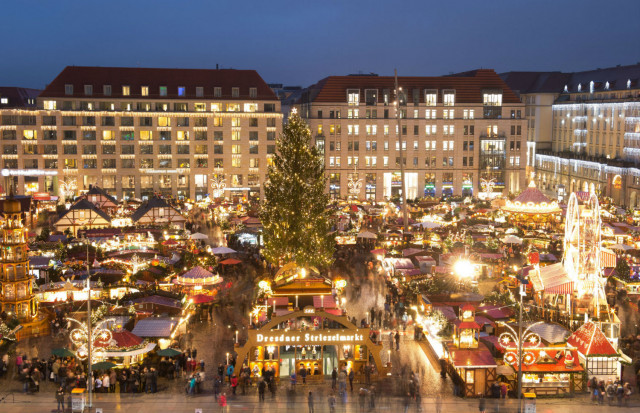
The Striezelmarkt in Dresden. Photo: DPA
By the 14th century, merchants from the town began using the one-day winter markets as an opportunity to sell roasted nuts, sweets, handmade baskets, and toys for children. Soon the winter markets came to align with the entire Christmas season, with many lasting during the entire four weeks of Advent.
Local traditions
The Christmas market in Dresden, known as the Dresdner Striezelmarkt after the nickname of the city’s speciality Stollen cake, is considered the first documented Christmas market in Germany, with historians tracing it back as early as 1434.
However, the terms “December markets,” or “winter markets,” can be found in documents from as early as the twelfth and thirteenth centuries in parts of Germany and Austria.
Many Christmas markets have special names, often based on the town’s special traditions. In Nuremberg, the market is referred to as the Christkindlmarkt, or “Christ child market,” where Christkind refers to an angel-like figure representing the spirit of Christmas.
Every two years, the town selects a young woman to play the part of the Christkind to open the market.
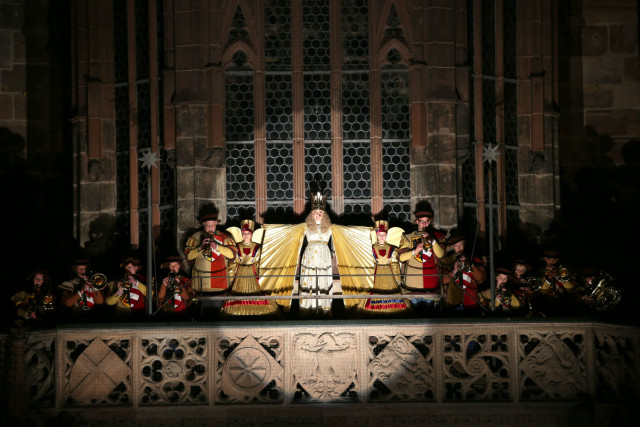
The Christkind opens Nuremberg’s Christmas market. Photo: DPA/Daniel Karmann.
The term Christkind is thought to be the origin of the name “Kris Kringle,” which is used to refer to the figure of Santa Claus in other cultures.
Frankfurt also boasts claim to one of the earliest Christmas markets at Römerberg in the Old Town. It is opened by the Lord Mayor of Frankfurt and a Christmas carol performance by the city’s opera.
Frankfurt’s markets are a great place to try tasty hot Apfelwein (apple wine) and Bethmännchen, favorite sweet treats of Goethe and Napoleon Bonaparte!
READ ALSO: These 10 German Christmas markets cannot be missed
A growing tradition
While Christmas markets ceased to exist during World War II, they now flourish in every city, town, and village in Germany today.
Many channel their historical roots, while others take a unique spin on tradition. 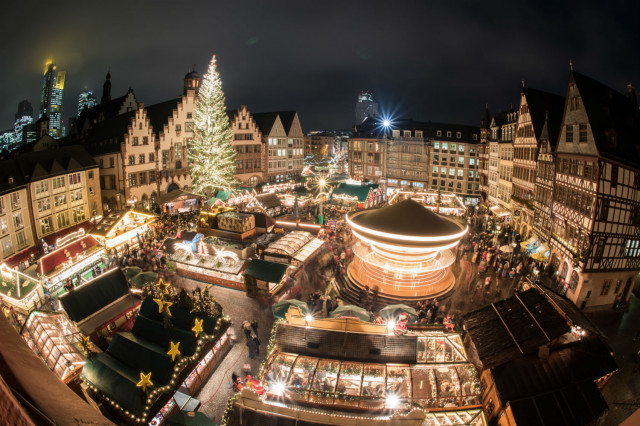
Frankfurt’s Christmas market at Römerberg is also one of the oldest in Germany. Photo: DPA
Churches and community organisations often sponsor local markets, setting up stalls and selling classic sweets, Glühwein (mulled wine), and handmade gifts. Today, the tradition has spread beyond the German-speaking countries.
German-style Christmas markets can be found across Europe and in many festive cities in the United States.
This beloved tradition also contributes significantly to German tourism, with over 85 million visitors making the trip to at least one of the markets every year (in non-pandemic times).

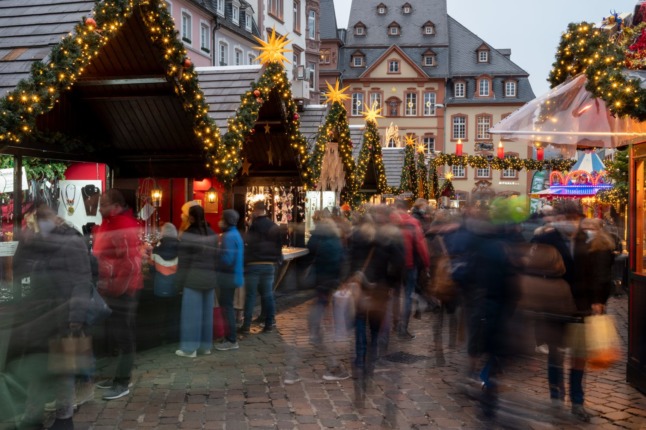
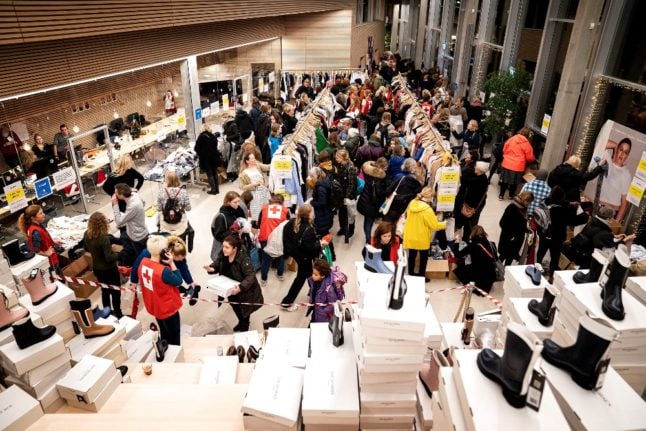
 Please whitelist us to continue reading.
Please whitelist us to continue reading.
Member comments